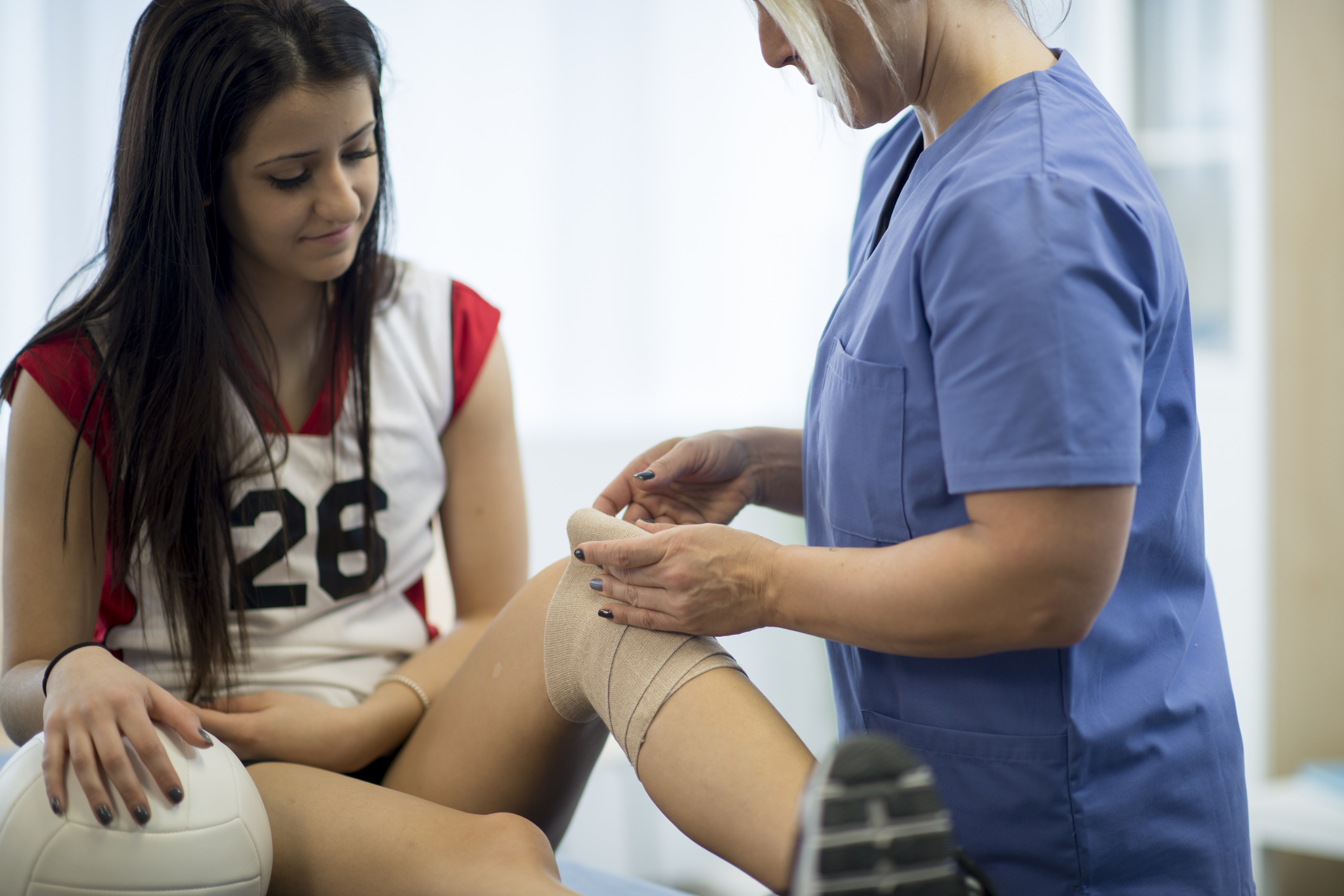
Knees provide stable support for the body and allow the legs to bend and straighten.
The knee is the largest joint in the body and is easily injured. The knee has 4 main types of tissues: bones, ligaments, cartilage and tendons. Any of these important types of tissue can be damaged through injury.
Common knee injuries include:
- sprain (an over-stretching of ligaments in the knee)
- torn ligament, such as a torn anterior cruciate ligament (ACL) or posterior cruciate ligament (PCL)
- strains (over-stretching of muscles and tendons)
- damage to the cartilage that lines the knee
- torn meniscus (the cartilage between the shinbone and thighbone)
- irritation to the kneecap joint
Less common injuries to the knee include:
- fractures (usually caused by sudden trauma or a direct blow, twisting, or falling on the knee)
- kneecap dislocations
- knee joint dislocations (uncommon as it requires a great force)
When to see your doctor
You should seek medication attention if:
- the knee pain is very bad
- you have recently been injured or had an accident
- you cannot walk on the knee
- it feels like the knee is unstable or about to give way
- you can’t straighten or fully bend your knee
- the knee looks deformed
How are knee injuries treated?
Often knee injuries will get better using R.I.C.E.:
- Rest — avoid using the injured joint for at least 2 days.
- Ice — apply ice packs for 20 minutes every 2 hours (never apply ice directly to skin).
- Compress — firmly bandage the injury or use a compression stocking.
- Elevate — lie or sit with leg raised.
You can use pain relief medicines as advised by your doctor or pharmacist. Don’t use heat or massage to treat an injured knee. Avoid drinking alcohol and don’t go running while it is healing.
Your doctor may order an x-ray, CT or MRI scan. However, these imaging tests are not always recommended for knee injuries. Often, talking about what happened and a doctor’s physical examination will be just as useful.
Most people with a knee injury will need physiotherapy and a guided rehabilitation program.
Different treatments may be required for more serious knee injuries:
- ACL rupture: ACL ruptures almost always need surgery followed by up to a year of rehabilitation.
- PCL rupture: The knee will probably be immobilized in a long hinged knee brace. Rehabilitation will be needed for 6 to 10 weeks.
- Other ligament injuries: Treatment involves wearing a hinged knee brace followed by 6 to 12 weeks of rehabilitation.
- Meniscal tear: Usually rest and physiotherapy is recommended. Sometimes arthroscopy may be needed.
- Dislocated kneecap or fracture: The knee joint will be immobilised and arthroscopy may be needed followed by physiotherapy to prevent another dislocation.
Go back to your doctor if:
- the pain or swelling doesn’t get better in a few days
- the symptoms become worse
- you develop a fever or redness in your knee



